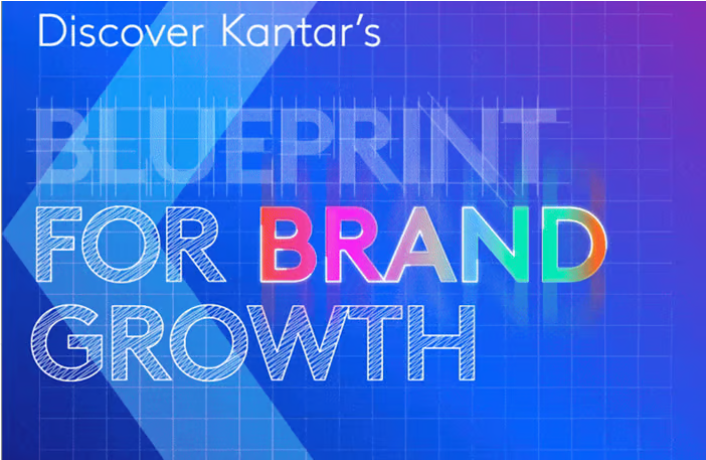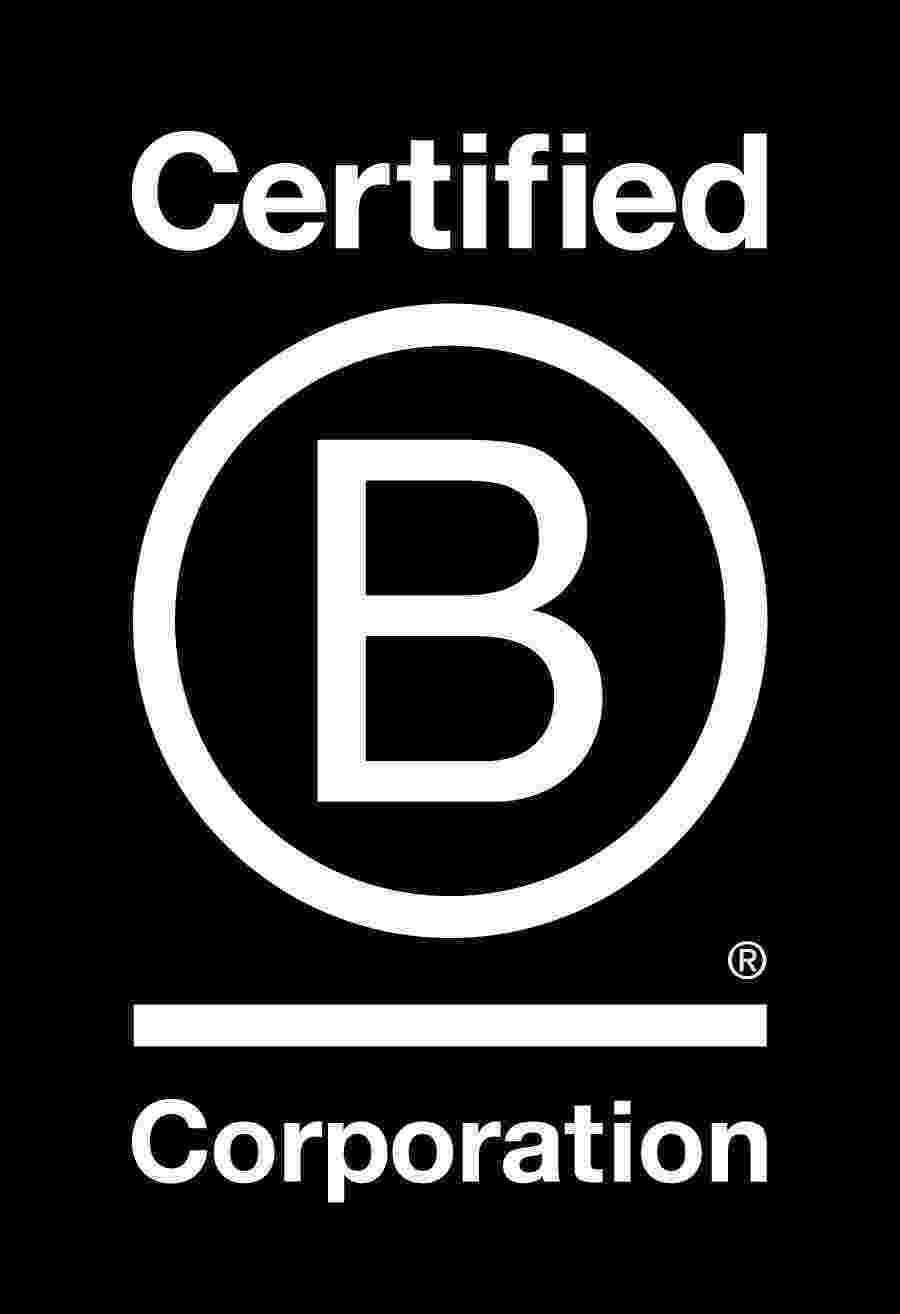D3 | The Week in Media | 23rd of August 2024

Blueprint for Brand Growth
Earlier this year data and insights company Kantar launched Blueprint for Brand Growth – a new “essential recipe” to help businesses expand. The report draws upon 5.4bn attitudinal data points for over 21,000 brands in 540 categories and 54 markets, and 1.1bn purchase data points for 20,000 brands in 100 categories and 25 markets spanning over 10 years ('drool').
- The blueprint demonstrates that brands grow by being meaningfully different to more people, which brands can achieve by predisposing more people to your brand, being more present, and finding new spaces to grow into.
- What this blueprint means for brands will differ based on their context, competitive situation, and size; each company that adopts this blueprint will arrive at a different solution.
Here are the key insights and takeaways from the Blueprint for Brand Growth
- Correlation Between Penetration and Attitudes: Brand penetration, defined as the proportion of category buyers choosing a brand, strongly correlates with consumer attitudes. This connection is fundamental to brand equity, making it crucial to create positive mental associations with consumers to drive growth.
- Power of Meaningful Difference: Brands that are both meaningful and different are more likely to achieve higher penetration and sustained growth. Being different is not just about uniqueness but about being relevant and effectively meeting consumer needs, which is essential for long-term success.
- Building Predisposition: Predisposing more people to choose a brand involves creating positive perceptions and increasing salience. Brands that achieve strong predisposition benefit from higher price premiums, more significant volume share, and increased likelihood of sales growth, underscoring the importance of consistent brand-building efforts.
- Impact of Creative Quality: High-quality and emotionally resonant advertising is critical in both short-term sales and long-term brand building. Creative content that connects emotionally with the audience is a major driver of campaign profitability and overall brand success.
- Consistency Across Touchpoints: Maintaining consistency in brand messaging and using distinctive assets across all channels is crucial for reinforcing brand perceptions. A consistent brand presence helps build strong mental connections with consumers, which drives growth and strengthens brand equity.
- Strategic Differentiation for Growth: Brands that effectively differentiate themselves through leadership, distinctiveness, emotive clarity, or functional benefits are likelier to experience significant brand value growth. To be effective, differentiation must be both meaningful and relevant to consumer needs.
- Leveraging Pricing Power: Brands perceived as meaningfully different can command higher prices, supporting pricing power and optimising margins. Aligning pricing strategies with perceived value is essential for maintaining a competitive edge in the market.
- Importance of Activation Power: Activation Power, the ability to convert consumer predisposition into sales, is critical for brand growth. Brands that combine strong demand with effective activation see significantly accelerated growth, making it essential to focus on both aspects.
- Optimized Media and Presence Strategy: Tailoring media and presence strategies to specific growth objectives, whether focusing on penetration, margin, or both, is vital. A well-balanced approach that leverages the right media mix and emphasises brand presence at key decision points is crucial for success.
- Role of Sustainability in Brand Perception: Sustainability is increasingly important in shaping consumer predisposition. Brands perceived as having a positive environmental or social impact are more likely to attract and retain customers, making sustainability a key consideration in brand strategy.
YouTube is testing longer CTV ad breaks
As with many video streaming platforms, Connected TV (CTV) viewing makes up a large chunk of where video ads get served. YouTube hopes to boost uninterrupted viewing time on connected TV by 50% while giving advertisers more opportunities to reach viewers. According to internal Google/YouTube data:
- 79% of YouTube viewers prefer grouped video ads.
- CTV viewers may experience 50% longer ad-free sessions.
How it works:
- Ads clustered into longer blocks.
- Viewers can skip to the next ad after 5 seconds.
- Countdown timer displayed for ad blocks.
YouTube’s latest experiment aims to create a win-win situation for viewers and advertisers. However, its success will depend on balancing uninterrupted content with effective ad delivery.


